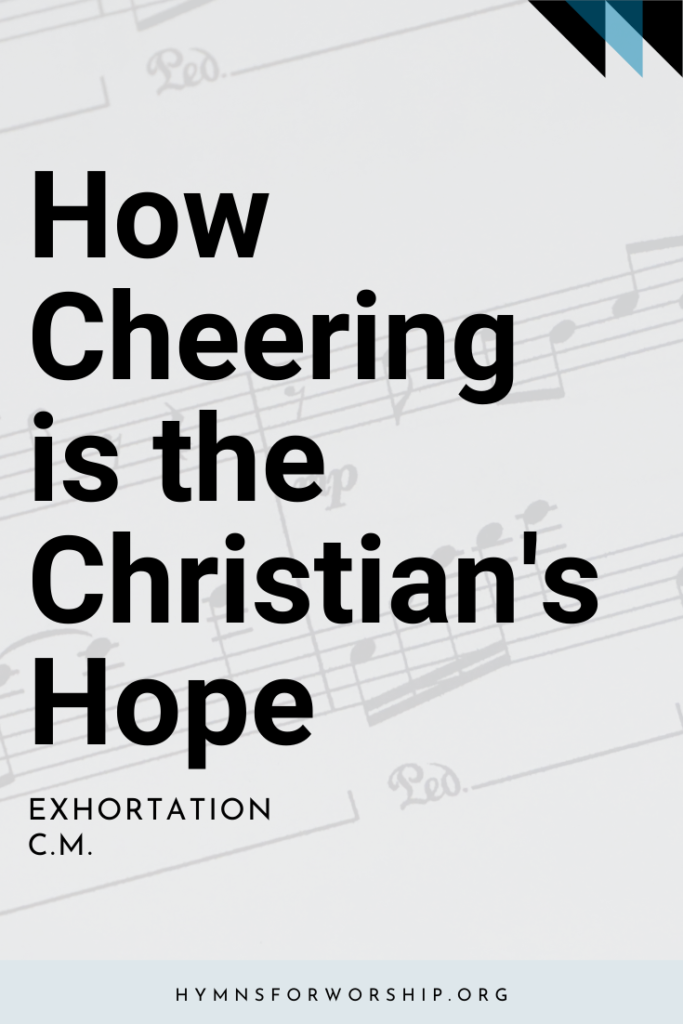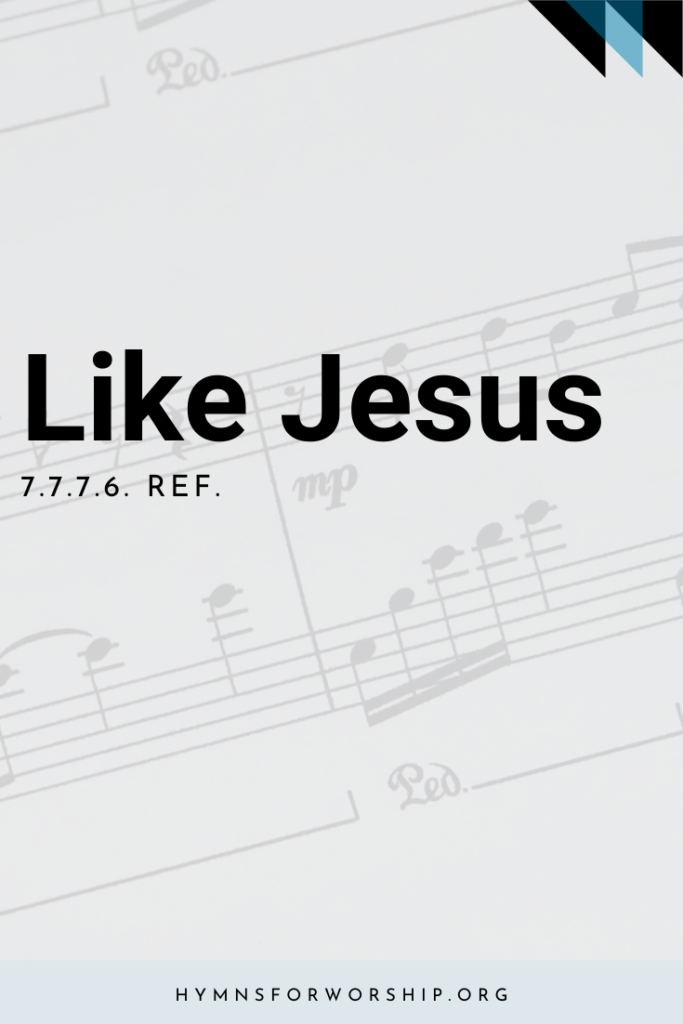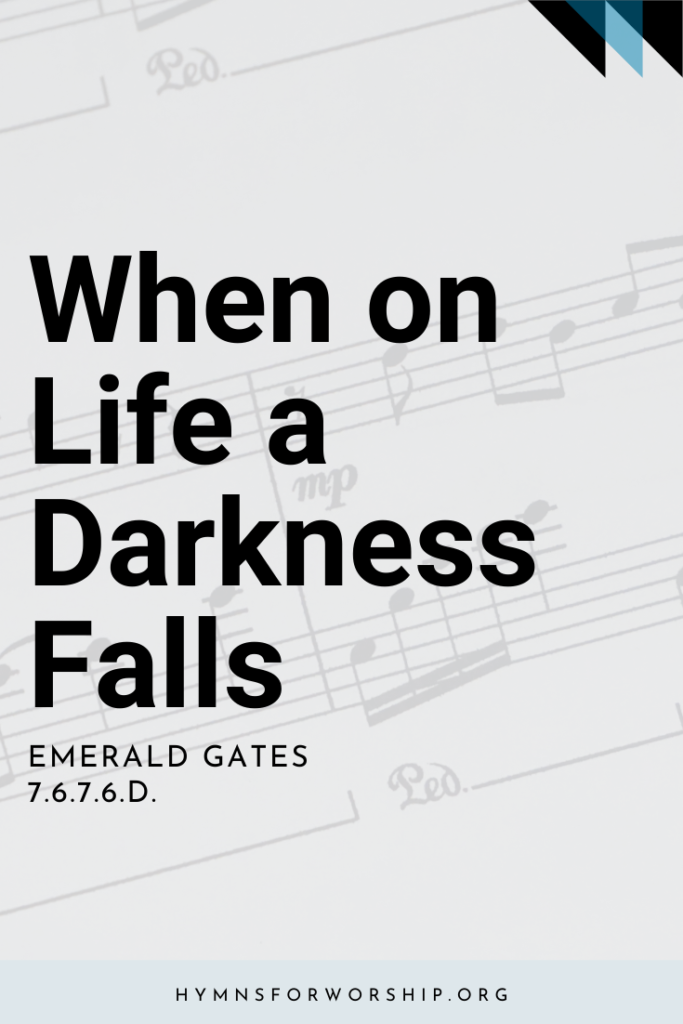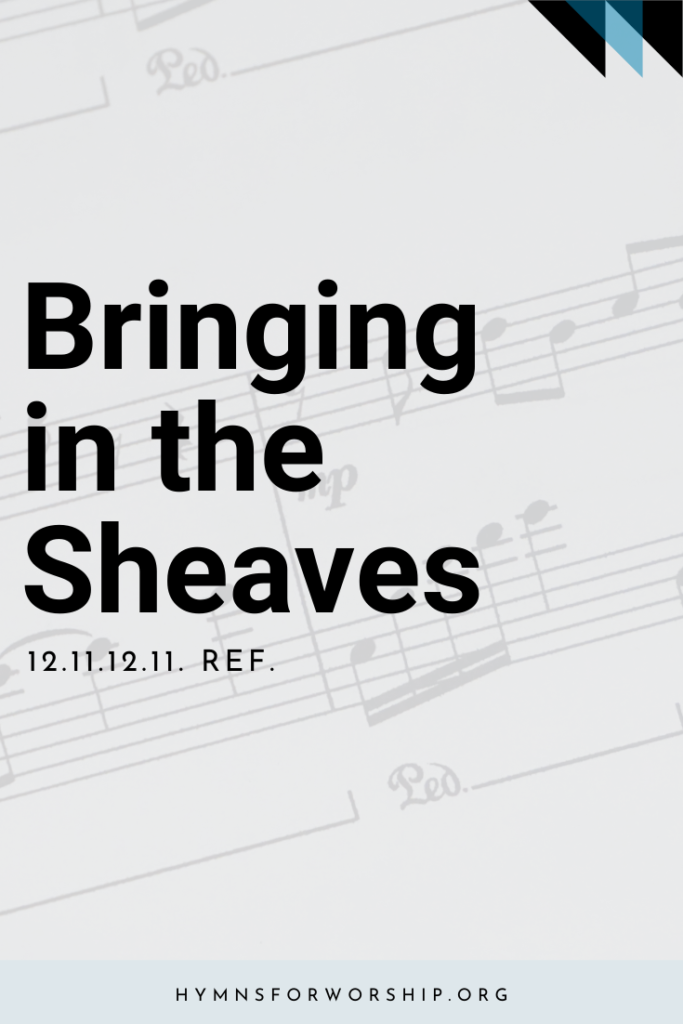
Gallery
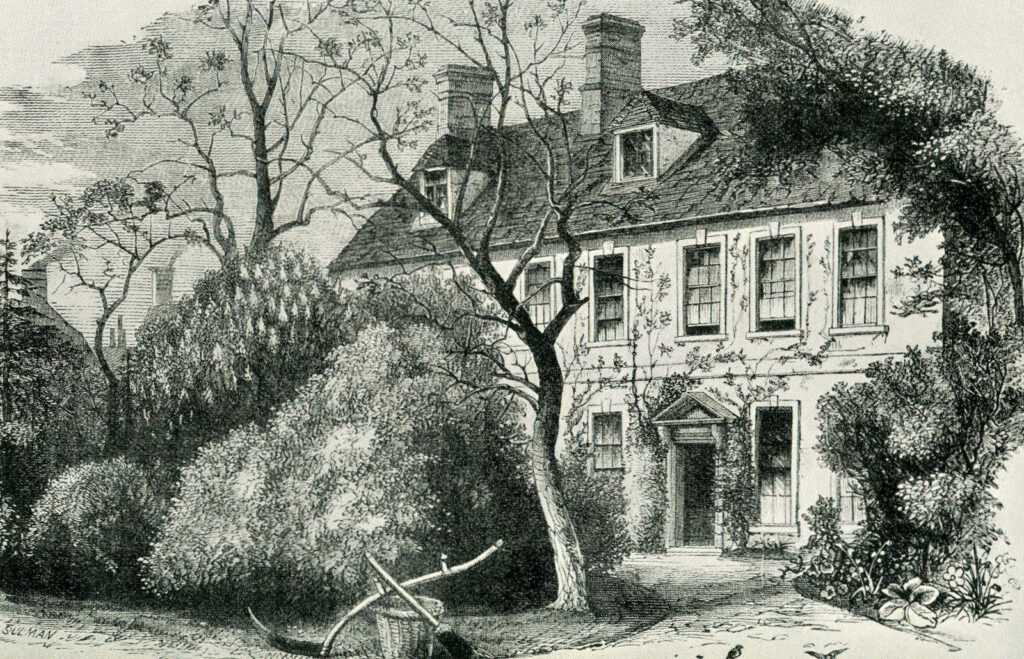
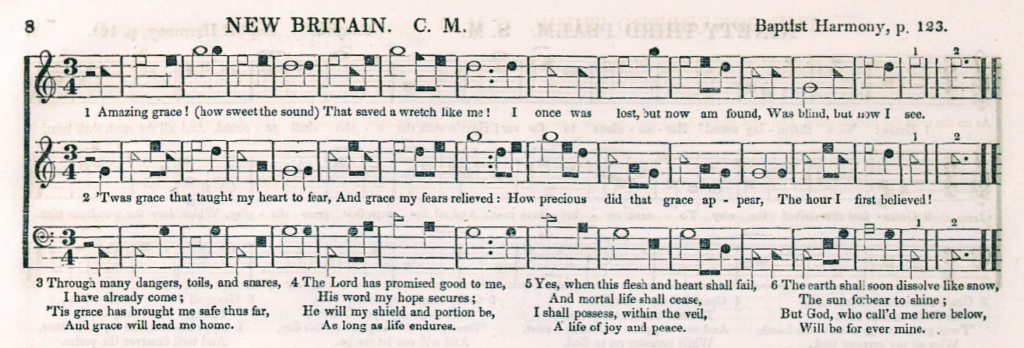
BIRTH & DEATH
b: 24 July 1725; Wapping, London
d: 21 December 1807; City of London
EDUCATION
Mother (early education)
His mother was a gentle and devout dissenter. She had a deep influence on her sensitive and highly intelligent son, whose early education she undertook personally. She encouraged him to learn by heart passages from the Bible, together with hymns, poems and the shorter catechisms of Isaac Watts.
Boarding school in Essex (Two years)
Self learner (learnt Hebrew, Greek, and Syriac to further his study of the Bible, and undertook preaching and pastoral work)
HIGHLIGHTS & ACCOMPLISHMENTS
1764 ordained in the Church of England, worked at parish of Olney in Buckinghamshire
1779 Olney Hymns
1780 moved to St Mary Woolnoth in London, as pastor, preacher and writer
1788 Thoughts upon the African Slave Trade
1799 An Authentic Narrative of some Remarkable and Interesting Particulars in the Life of John Newton
FAMILY
His mother’s death on 11 July 1732 was a great blow to him. He was 7 years old at the time. His relationship with his father, who soon re-married, was not close.
The family of Josiah Thompson is common in East Liverpool. As a result of that family, there was a Thompson Store, a Thompson Music Store, a Thompson Hotel, several Thompson houses, a Thompson Park, Thompson Row, Thompson Lane also known as Thompson Place, Thompson Pottery, even a Thompson Hill.
12 February 1750 Married Mary Catlett
Adopted Betsey Catlett, Mary’s orphaned niece
FAITH, SPIRITUALITY & RELIGION
On 21 March 1748 the ship he was on was in imminent danger of sinking during a violent and protracted storm. After heroic practical efforts to save her, including lashing himself to the wheel and steering for eleven hours, he at last prayed and against all expectation the ship survived. This converted him to belief in God, and a full evangelical faith in Christ developed over the next few years.
He became increasingly involved in the evangelical movement although not attached to any denomination.
He met many leading figures including John and Charles Wesley, and George Whitefield, learnt Hebrew, Greek, and Syriac to further his study of the Bible, and undertook preaching and pastoral work. Following initial rejection he was ordained in the Church of England.
He ministered extensively by correspondence; but his evangelical enthusiasm and outspoken Puritan rigour offended some.
His church became a centre of the campaign for the abolition of slavery.
HYMNS INCLUDED IN THE SEVENTH-DAY ADVENTIST HYMNAL
Newton’s hymns convey a strong sense both of the overwhelming goodness of God and of the Christian life as a strenuous and unending struggle. Many were designed to accompany particular sermons or for special occasions and a few refer to specific events such as the fire in Olney or the outbreak of the American War. Newton felt free to introduce some metrical variety including eight-line stanzas and anapaestic rhythms reminiscent of Wesley, probably because the collection was intended for informal meetings (in the style of the Methodist societies) as well as for liturgical worship.
Amazing Grace, SDAH 108
How Sweet the Name, SDAH 238
Safely Through Another Week, SDAH 384
Day of Judgment, Day of Wonders, SDAH 418
Glorious Things of Thee Are Spoken, SDAH 423
May the Grace of Christ our Savior, SDAH 659
Elizabeth Cosnett. “John Newton.” The Canterbury Dictionary of Hymnology. Canterbury Press. Web. 29 Jul. 2023.<http://www.hymnology.co.uk/j/john-newton>.

